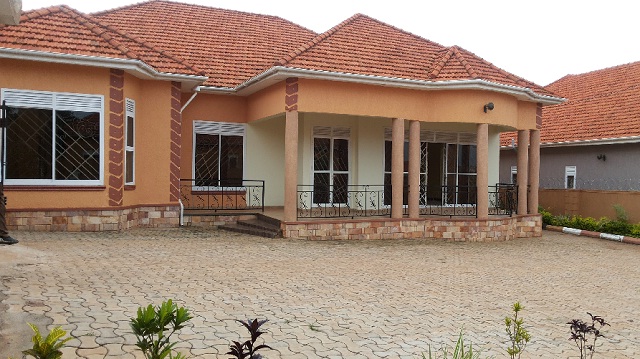
Kampala, Uganda | THE INDEPENDENT | Uganda saw an increase in the number of residential apartments by 11% in the first six months of 2020 while occupancy of these apartments had the biggest drop (10%) in recent times.
According to Knight Frank Uganda, an estate agent, residential apartment units increased from 2,006 units in the first six months of 2019 to 2,230 units in the first six months of 2020.
Yet as developers concluded construction, there were no people to occupy the units. This is mainly because of the coronavirus pandemic that saw many foreigners leave the country and some Ugandans put on hold plans to either buy or shift to a new apartment.
In the latest report, Knight Frank says 1,000 foreigners left Uganda and this left “the fate of many tenancies for private rented accommodation in limbo.”
Some countries are still evacuating their nationals – as it becomes even more uncertain when the coronavirus will be controlled.
With such an environment, Knight Frank the outlook for the residential sector forecasts the next six months face one of the worst phases in terms of demand.
This is because of closed airports and restricted air travel globally which will stifle demand for prime rental property from expatriates.
For the landlords, they might see the longest streak of the fall in earnings. The agency says the outlook on future rental appreciation is bleak and “we expect rents to either remain stagnant or slide under the current uncertain economic scenario.”
The report says the pandemic has impacted investor confidence and cash flows which will make potential buyers postpone their real estate purchase decisions to the distant future.
Meanwhile, office properties have not been spared either. Knight Frank said it expects about 10% – 20% reductions on net annual rent collections for prime office properties this year.
Also, the call for social distancing will lead to a low-density use of buildings down to 40% – 50% of total space.
“Low-density use of buildings as a result of social distancing could mean constricting margins and lower profitability for businesses particularly SMEs. This will in turn affect capital values,” the report says.
It added that “it is highly likely that we will see falling rents and capital values over the short to mid-term, particularly in subprime properties where the majority of tenants are from the small businesses sector.”
*****
URN
 The Independent Uganda: You get the Truth we Pay the Price
The Independent Uganda: You get the Truth we Pay the Price


